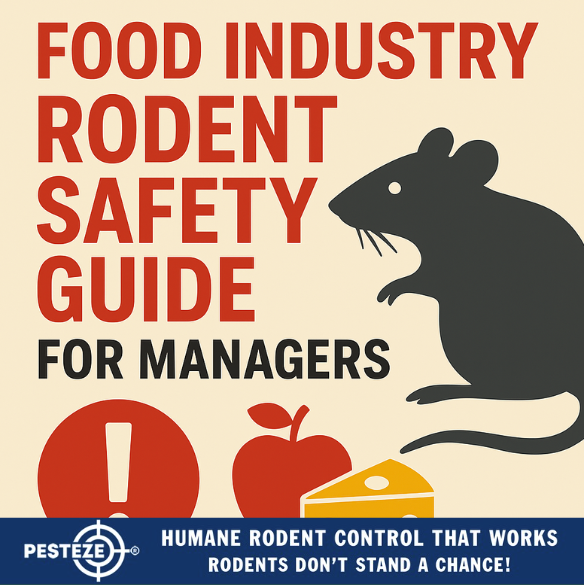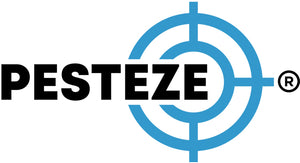FOOD INDUSTRY RODENT SAFETY GUIDE FOR MANAGERS

FOOD INDUSTRY RODENT SAFETY GUIDE FOR MANAGERS
SUMMARY
Rodents pose a serious risk to the food industry, from contaminating products to triggering costly health code violations. This guide equips managers with practical rodent prevention and safety strategies to ensure compliance, protect brand reputation, and maintain customer trust.
FEATURES
-
Facility Inspections: Conduct regular checks to identify rodent risks.
-
Entry Point Sealing: Block cracks, vents, and doors to stop rodents from entering.
-
Food Storage Safety: Keep supplies in rodent-proof containers and off the ground.
-
Sanitation Protocols: Enforce strict cleaning and waste management routines.
-
Monitoring & Detection: Use traps and electronic systems for early warning.
-
Employee Training: Teach staff to spot, report, and prevent rodent activity.
GUIDE DESCRIPTION
The food industry demands the highest levels of safety, and rodents are among the greatest threats to maintaining compliance. Not only do they contaminate food supplies with droppings and bacteria, but they also cause structural damage and put businesses at risk of health inspections, fines, and reputational harm. For managers, building a strong rodent safety strategy is essential to safeguarding both operations and customers.
Routine facility inspections are the first step toward effective rodent prevention. Managers should schedule regular walkthroughs to check for signs of activity such as droppings, gnaw marks, or nests. Identifying risks early makes it easier to act before an infestation develops.
Sealing entry points is another crucial layer of defense. Rats and mice can enter through tiny openings around pipes, doors, and vents. Using durable materials like steel mesh, caulk, or weather stripping ensures rodents cannot exploit these vulnerabilities.
Food storage safety is equally important in the food industry. All products should be stored in airtight, rodent-proof containers, placed on raised shelving, and rotated regularly. This prevents rodents from accessing supplies and makes inventory areas less appealing.
Strong sanitation protocols also play a critical role. Rodents are drawn to food waste, crumbs, and clutter. Establishing a cleaning schedule that covers kitchens, storage areas, and disposal zones ensures that no attractants remain. Trash bins should be sealed tightly, while dumpsters should be located at a distance from facility entrances.
Monitoring and detection systems provide managers with early alerts to rodent presence. Traps, motion sensors, and electronic monitoring devices can be strategically placed around vulnerable areas to detect activity and help managers respond quickly.
Finally, employee training is essential to maintaining a rodent-free facility. Staff must be educated on spotting warning signs, reporting procedures, and following sanitation protocols. A well-trained team multiplies the effectiveness of a rodent prevention plan by ensuring every employee acts as a line of defense.
By combining inspections, entry control, food storage, sanitation, monitoring, and training, managers in the food industry can maintain the highest standards of safety. This proactive approach not only prevents rodent infestations but also strengthens compliance, protects brand reputation, and secures consumer confidence.
- Aahna Barma


Comments 0